Your Guide to Simple and Affordable Hydroponic Gardening
Your Guide to Simple and Affordable Hydroponic Gardening
Welcome to the world of soilless gardening! Hydroponic gardening is an innovative and exciting way to grow plants without the need for traditional soil. By utilizing nutrient-rich water solutions and specialized equipment, you can cultivate vibrant and healthy plants right in the comfort of your home.
Why Hydroponics?
- Sustainability: Hydroponic gardening uses less water and space compared to traditional methods.
- Control: You have complete control over the nutrients, light, and environment, leading to optimal growth.
- Versatility: From leafy greens to flavorful herbs, you can grow a wide variety of plants hydroponically.
Whether you’re a seasoned gardener looking to explore new horizons or a complete beginner intrigued by the idea of soilless cultivation, this page is your comprehensive guide. Here, we’ll delve into:
- The easiest vegetables to grow hydroponically, perfect for those starting their hydroponic journey.
- Simple hydroponic setups, showcasing various systems to suit different needs and budgets.
- Cheap ways to start hydroponics, offering practical tips and strategies to embark on this gardening method without breaking the bank.
So, grab your gardening gloves and let’s dive into the fascinating world of hydroponics. Your green thumb adventure awaits!
Easiest Vegetables to Grow Hydroponically
Hydroponic gardening opens up a world of possibilities for growing fresh and delicious vegetables. But if you’re new to this method, you might be wondering which vegetables are the easiest to grow. Fear not! We’ve compiled a list of beginner-friendly vegetables that thrive in hydroponic environments.
Why Grow Vegetables Hydroponically?
Growing vegetables hydroponically offers several advantages:
- Faster Growth: Plants grow faster as they receive all the nutrients they need directly.
- No Weeds or Pests: Reduced risk of common garden problems.
- Year-Round Growing: You can grow these vegetables anytime, regardless of the season.
Top Vegetables for Hydroponic Beginners:
- Lettuce:
- Ease of Growth: Very easy and quick to grow.
- Varieties: Romaine, Butterhead, Iceberg, and more.
- Tips: Keep the nutrient solution cool and provide ample light.
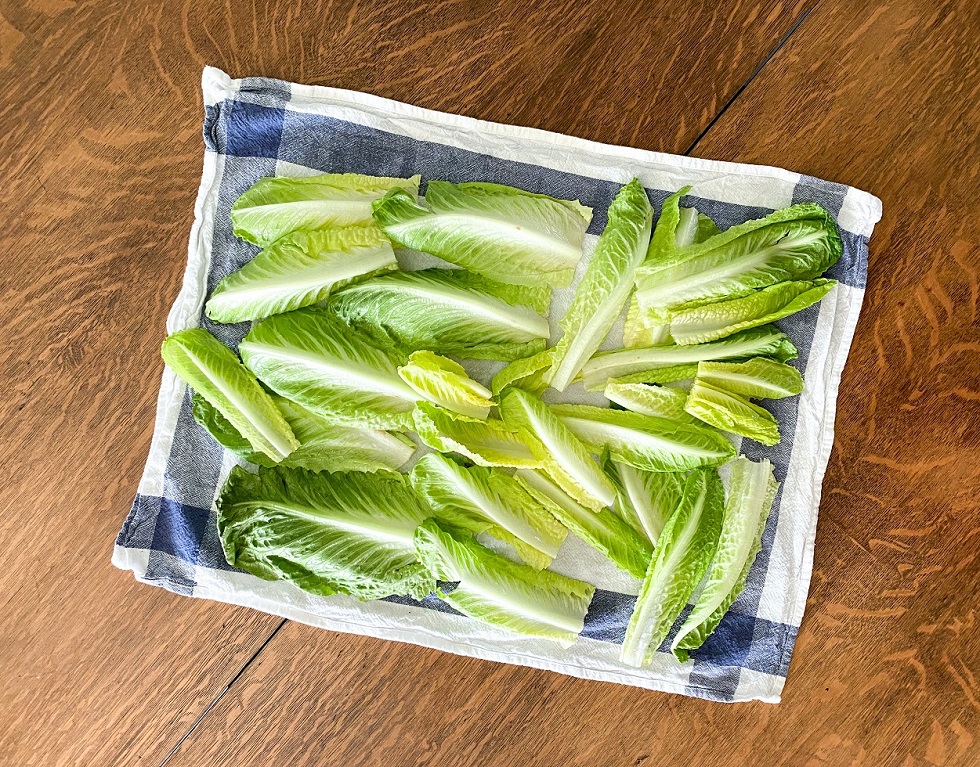
- Spinach:
- Ease of Growth: Simple to cultivate, with a short growth cycle.
- Varieties: Baby Spinach, Savoy, Flat-leaf, and more.
- Tips: Maintain a pH level of 6-7 and harvest when leaves are tender.
- Herbs (e.g. Basil, Mint, Oregano):
- Ease of Growth: Herbs are generally easy to grow hydroponically.
- Varieties: Explore different flavors and aromas.
- Tips: Prune regularly to encourage bushy growth.
-

Many herbs can be grown hydropoically – for example basil.
- Radishes:
- Ease of Growth: Radishes grow quickly and are suitable for hydroponic beginners.
- Varieties: Cherry Belle, French Breakfast, White Icicle, and more.
- Tips: Harvest when roots are young and tender for the best flavor.
-

Radish is a prime candidate for hydroponic growing
- Kale:
- Ease of Growth: Kale grows well in hydroponic systems, especially in cooler temperatures.
- Varieties: Curly Kale, Lacinato, Red Russian, and more.
- Tips: Maintain a pH level of 5.5-6.5 and provide ample light.
- Swiss Chard:
- Ease of Growth: Swiss Chard is a resilient leafy green that thrives in hydroponics.
- Varieties: Bright Lights, Fordhook Giant, Ruby Red, and more.
- Tips: Harvest outer leaves to encourage continuous growth.
- Bok Choy:
- Ease of Growth: Bok Choy grows quickly and is well-suited for hydroponic cultivation.
- Varieties: Baby Bok Choy, Joi Choi, Mei Qing Choi, and more.
- Tips: Keep the nutrient solution cool and provide moderate light.
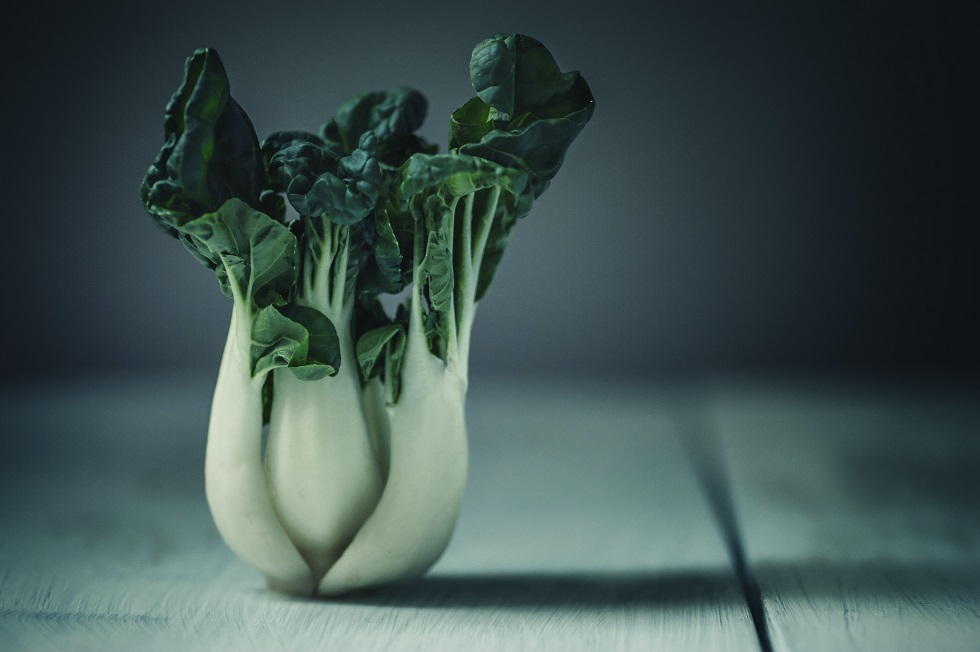
- Strawberries:
- Ease of Growth: Strawberries can be grown hydroponically with the right care.
- Varieties: Everbearing, Junebearing, and Day-Neutral types.
- Tips: Provide support for the plants and maintain a pH of 5.5-6.5.

Conclusion
Embarking on your hydroponic gardening journey doesn’t have to be daunting. With these easy-to-grow vegetables, you can enjoy the satisfaction of harvesting fresh produce right from your living space. Happy growing!
Simple Hydroponic Setups
Embarking on your hydroponic journey doesn’t have to be complicated or expensive. There are various simple hydroponic setups that are perfect for beginners and hobbyists alike. In this section, we’ll explore different systems that are easy to understand, set up, and maintain.
Why Choose a Simple Hydroponic Setup?
Simple hydroponic systems offer several benefits:
- Affordability: Often less expensive to set up and maintain.
- Ease of Use: Ideal for beginners with straightforward designs.
- Flexibility: Suitable for various types of plants and growing spaces.
Types of Simple Hydroponic Setups:
- Deep Water Culture (DWC):
- Description: Plants are suspended in nutrient-rich water with air stones providing oxygen.
- Pros: Low maintenance, inexpensive, great for leafy greens.
- Cons: Not suitable for larger plants.
-
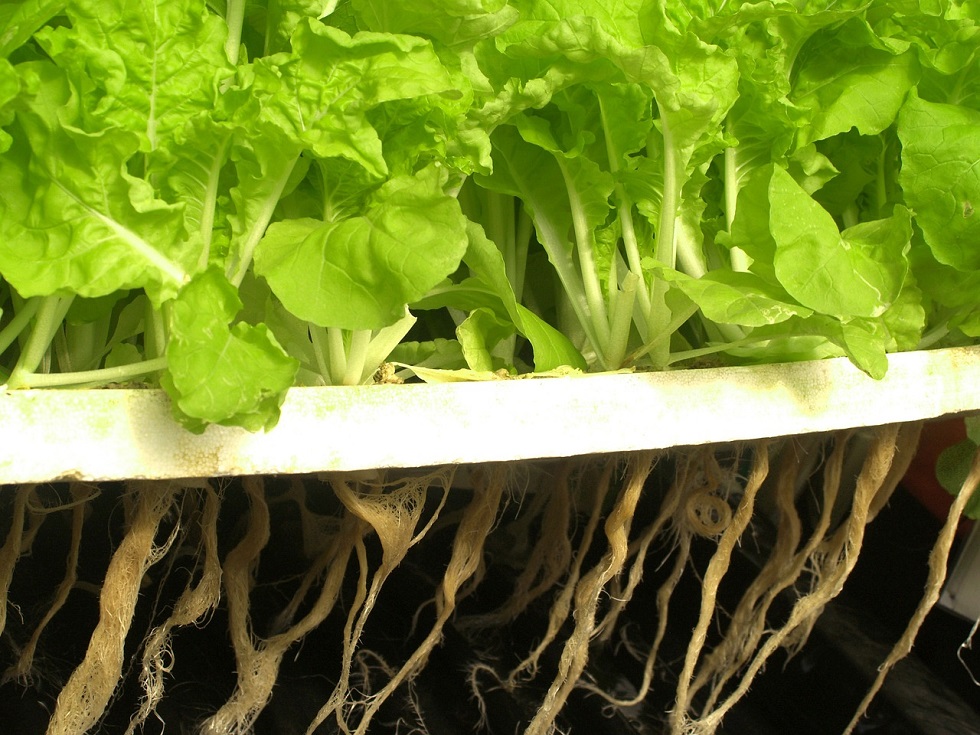
Deep water hydroponic setup
- Nutrient Film Technique (NFT):
- Description: A thin film of nutrient solution flows over the roots, providing nutrients and oxygen.
- Pros: Efficient nutrient delivery, scalable.
- Cons: Requires careful monitoring of nutrient flow.
- Wick System:
- Description: Wicks draw nutrient solution from a reservoir to the plants’ roots.
- Pros: Simple design, no need for pumps or electricity.
- Cons: Limited to smaller plants and herbs.
- Flood and Drain (Ebb and Flow) System:
- Description: This system periodically floods the plant roots with nutrient solution and then drains it back into a reservoir.
- Pros: Versatile, suitable for various plant types, allows for oxygenation of roots.
- Cons: Requires a timer and careful monitoring to prevent over or under-watering.
- Drip System:
- Description: A drip system delivers nutrient solution directly to each plant’s root zone through a network of tubing and emitters.
- Pros: Efficient water usage, customizable to each plant’s needs, scalable.
- Cons: Emitters can clog, requires regular monitoring and maintenance.
- Aeroponic System:
- Description: In an aeroponic system, plant roots are suspended in air and misted with nutrient solution at regular intervals.
- Pros: High oxygenation of roots, rapid growth, reduced risk of disease.
- Cons: More complex setup, requires precise timing and monitoring.
Conclusion
Simple hydroponic setups are the gateway to a rewarding and sustainable gardening experience. Whether you choose a ready-made system or opt for a DIY approach, these setups provide an accessible entry point into the world of soilless cultivation. Explore, experiment, and enjoy the fruits (and vegetables) of your labor!
Cheap Ways to Start Hydroponics
Starting a hydroponic garden doesn’t have to be an expensive endeavor. With some creativity, resourcefulness, and a bit of DIY spirit, you can embark on your soilless gardening journey without breaking the bank. In this section, we’ll explore budget-friendly tips and strategies to get you growing in no time.
Why Consider Budget-Friendly Hydroponics?
- Accessibility: Makes hydroponic gardening attainable for everyone, regardless of budget.
- Sustainability: Encourages the use of recycled or repurposed materials.
- Creativity: Allows for customization and personalization of your garden.
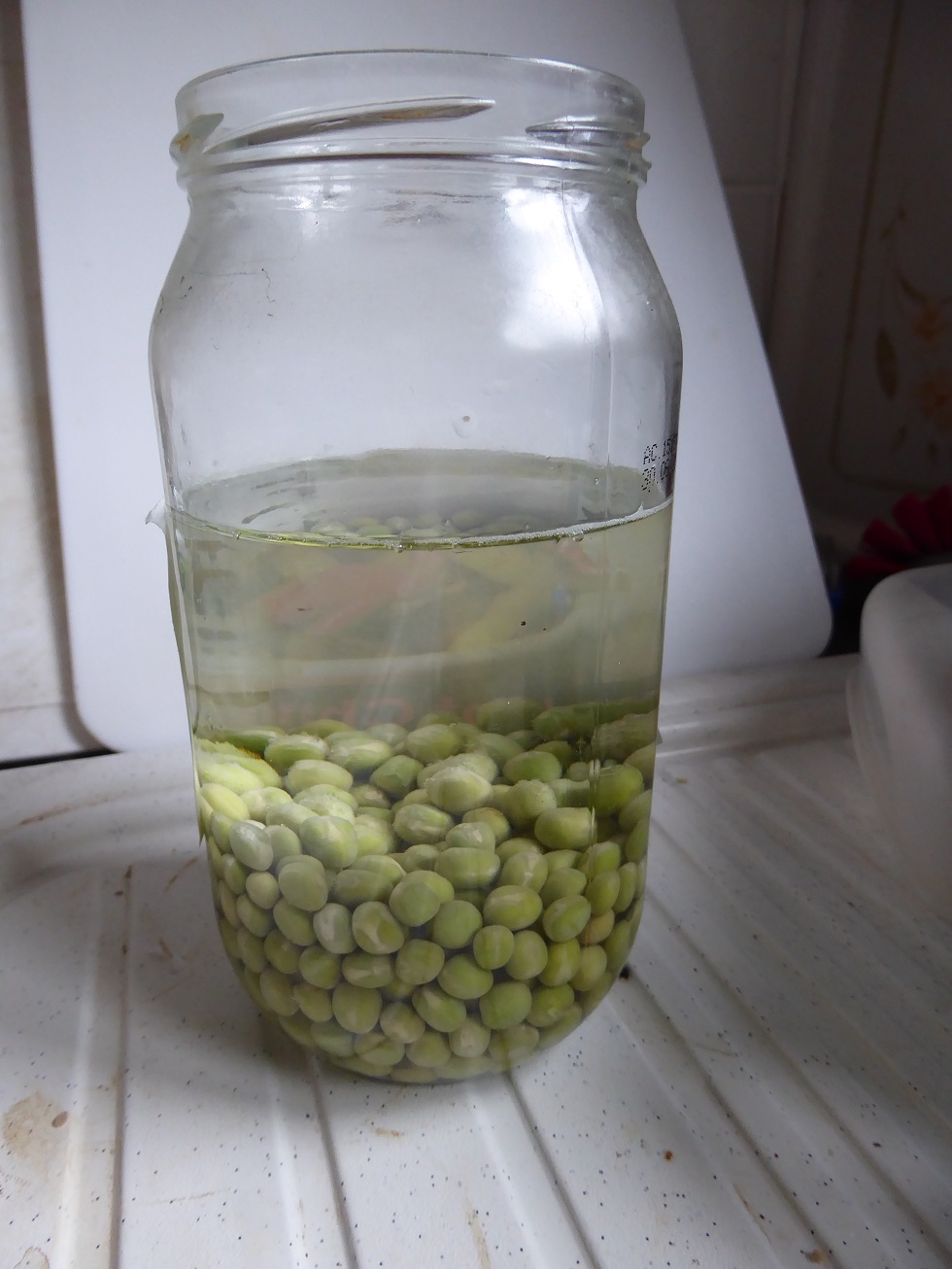
Growing peas in a jar
Budget-Friendly Tips to Start Hydroponics:
- Repurpose and Recycle:
- Description: Use household items like plastic containers, fish tanks, or old jars.
- Tips: Ensure proper cleaning and consider adding a fresh coat of paint for aesthetics.
- Buy Second-Hand Equipment:
- Description: Consider purchasing used pumps, lights, or other equipment.
- Tips: Check online marketplaces, garage sales, or local gardening groups.
- Start Small:
- Description: Begin with a small-scale system to learn and gradually expand.
- Tips: Focus on easy-to-grow plants and simple setups like the Wick System.
- DIY Nutrient Solutions:
- Description: Create your nutrient solutions using affordable and accessible ingredients.
- Tips: Follow reliable recipes and adjust based on plant needs.
- Utilize Natural Light:
- Description: If possible, place your hydroponic system near windows or in a sunroom to utilize natural sunlight.
- Tips: Monitor light levels and consider reflective materials to maximize sunlight.
-

Using natural light
- Create Your Own Growing Medium:
- Description: Instead of buying commercial growing mediums, consider creating your own using materials like coconut coir, perlite, or vermiculite.
- Tips: Research and mix the right proportions for your specific plants and system.
- Collaborate with Fellow Gardeners:
- Description: Join local gardening groups or online forums to share resources, exchange equipment, or buy in bulk together for discounts.
- Tips: Build relationships and contribute to the community for ongoing support and collaboration.
- Upcycle and Reuse Materials:
- Description: Look for opportunities to upcycle materials like old shelves, containers, or PVC pipes to build or enhance your hydroponic system.
- Tips: Be creative and ensure that the materials are safe for growing food.
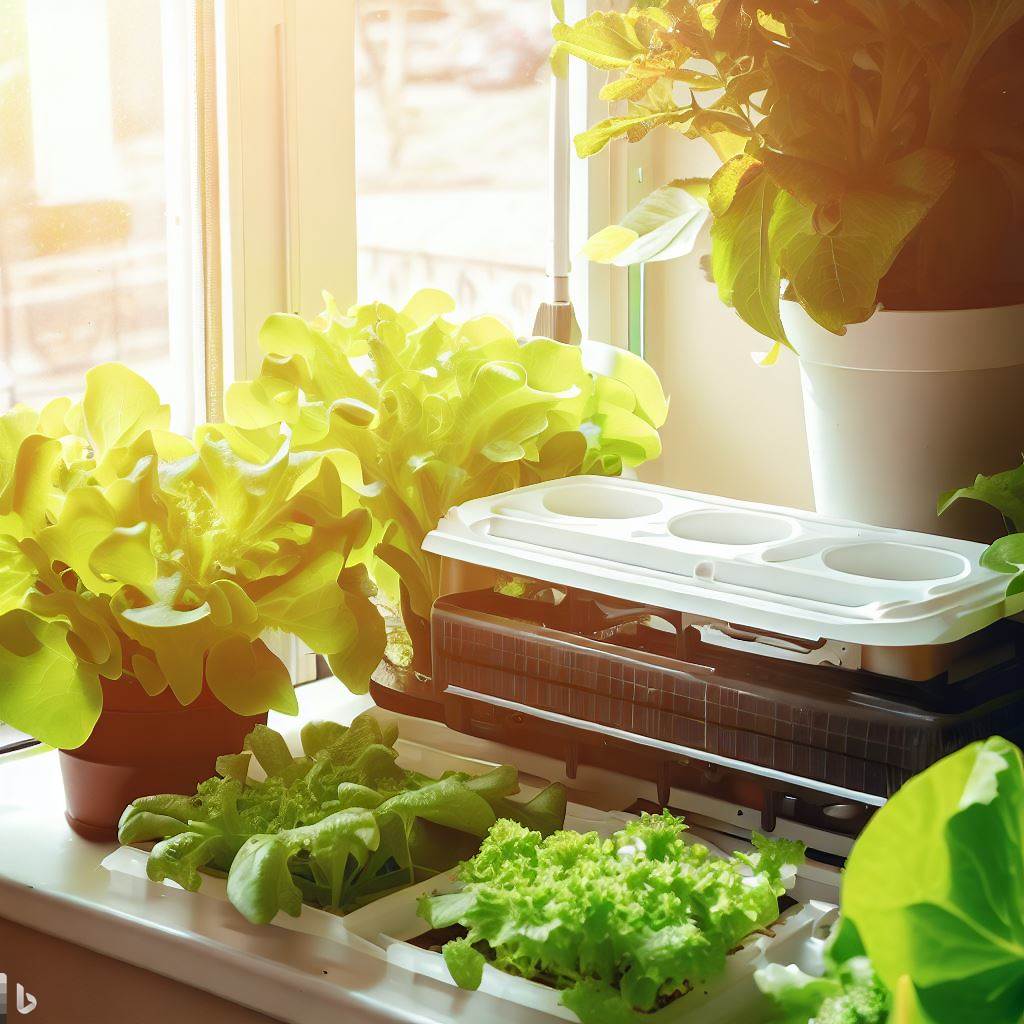
Budget hydroponics.
Conclusion
Starting hydroponics on a budget is not only possible but can be a fun and rewarding experience. By embracing creativity, seeking out bargains, and making informed choices, you can enjoy the benefits of hydroponic gardening without overspending. Happy budget-friendly growing!
- Vox Casino Program VIP dla Graczy Wysokostawkowych Ekskluzywne Przywileje, Nagrody i Personalizowane Uslugi
- Aeroponics: A Revolutionary Approach to Sustainable Farming
- 5 Budget Fridges For Storing Microgreens
- Maximizing Freshness: How To Store Microgreens Correctly
- How To Grow Watercress Without Soil: A Hydroponic Guide
- Exploring the Best Outdoor Grow Tents for Hydroponics
- How To Choose A Hydroponic Pump
- 10 Best Places To Buy Microgreen Seeds for Your Garden
- Prepare Your Hydroponic Garden for Winter: Essential Tips